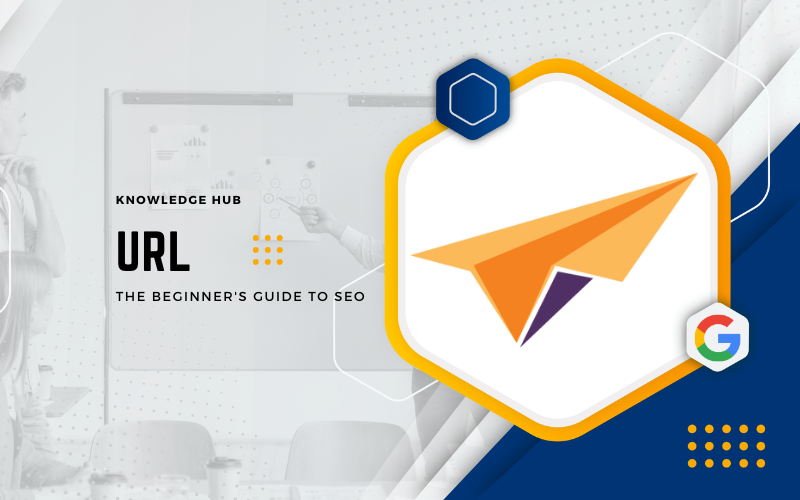URL
By SSMD Pte Ltd, | Posted on August 24, 2023
“Understanding URL: The Key to Successful Web Browsing “

In today’s digital age, the internet is integral to our lives. From online shopping to socializing and entertainment, we rely on the World Wide Web for almost everything. However, to access any of these services, we must first understand the basics of the web, such as URLs. URLs or Uniform Resource Locators are the unique addresses of webpages, images, videos, and other online content. Without URLs, we couldn’t access any of this content. This blog post will delve deeper into understanding URLs and how they work.
What is a URL?
URL (Uniform Resource Locator) is a powerful tool in Internet navigation. It is an address to a specific resource on the internet. One can use this resource as an HTML page, a CSS document, an image, or any other file type. The URL defines the location of the file and the protocol used to access it. URLs are essential because they guide your browser—be it Chrome, Firefox, or Safari—to the correct webpage or file on the internet.
How does a URL work?
When a user types a website address into their web browser, the browser sends a request to the server where its content is stored. The server then responds by delivering the content requested, and the web browser renders the webpage, file, or image for the user. For instance, if you type in https://www.youtube.com/watch?v=36m1o-tM05g in your browser, the browser will send a request to YouTube’s server for the video with ID number 36m1o-tM05g, and the server will respond by delivering that video.
The components of a URL
As mentioned earlier, a URL comprises several components, each with its unique function. The following are the most common components of a URL:
Protocol – The protocol specifies the communication method used to transfer the data. The most widely used protocol is HTTP, which stands for Hypertext Transfer Protocol. HTTPS is the Secure version of HTTP that encrypts the data to prevent interception by third parties.
Domain name – The domain name is the server’s web address where the requested content is hosted. For instance, in https://www.youtube.com/, “youtube.com” is the domain name.
Resource path – The resource path, often termed the URL path, points to the exact location of a resource within the server. It’s typically structured in a hierarchical format, following the domain name, and delineates the sequence of directories leading to the specific file or page. For instance, in the URL “https://www.example.com/blog/post1”, “/blog/post1” constitutes the resource path, pointing to a specific blog post on the ‘example.com’ domain. Understanding the resource path is crucial to navigating complex websites and locating specific content efficiently.
Query string – The query string is an optional URL component that follows the “?” “sign” contains key-value pairs that search engines or web applications can use.
Understanding URL formats and structure
Unique URL formats and structures exist for different types of web content. For instance, video URLs typically contain the video ID, while image URLs contain the image’s name. URLs can also contain user session information, tracking codes, and referral information.
Why URLs are essential in website optimization
Finally, URLs play a crucial role in website optimization, providing users and search engines with critical navigation information. To increase website traffic and enhance search engine rankings, it is crucial to utilize descriptive and SEO-friendly URLs incorporating pertinent keywords. Optimizing URLs in this way can make a big difference in driving traffic.
Hire SSMD Pte Ltd,: The Premier Website Development Company in India
Choosing the right team is pivotal to your online website development and optimization success. That’s where SSMD Pte Ltd, comes in. Renowned as a top-tier website development company in India, we provide comprehensive web solutions tailored to your unique business needs. From strategic web design to robust SEO optimization, Our team, composed of skilled developers and digital marketers, puts in a lot of effort to craft a visually stunning website that performs exceptionally well in search engine rankings. By entrusting your project to SSMD Pte Ltd,, you’re choosing a partner committed to transforming your digital presence and propelling your business toward unprecedented online success.
Conclusion
URLs are the backbone of web browsing, and understanding their structure and components can help users unlock the power of the internet. By learning how URLs work and how to optimize them, individuals and businesses can create user-friendly and search-friendly websites that attract and convert visitors. This blog post has helped you understand how URLs work and why they’re essential when browsing the web.

 By SSMD Pte Ltd,
By SSMD Pte Ltd,

